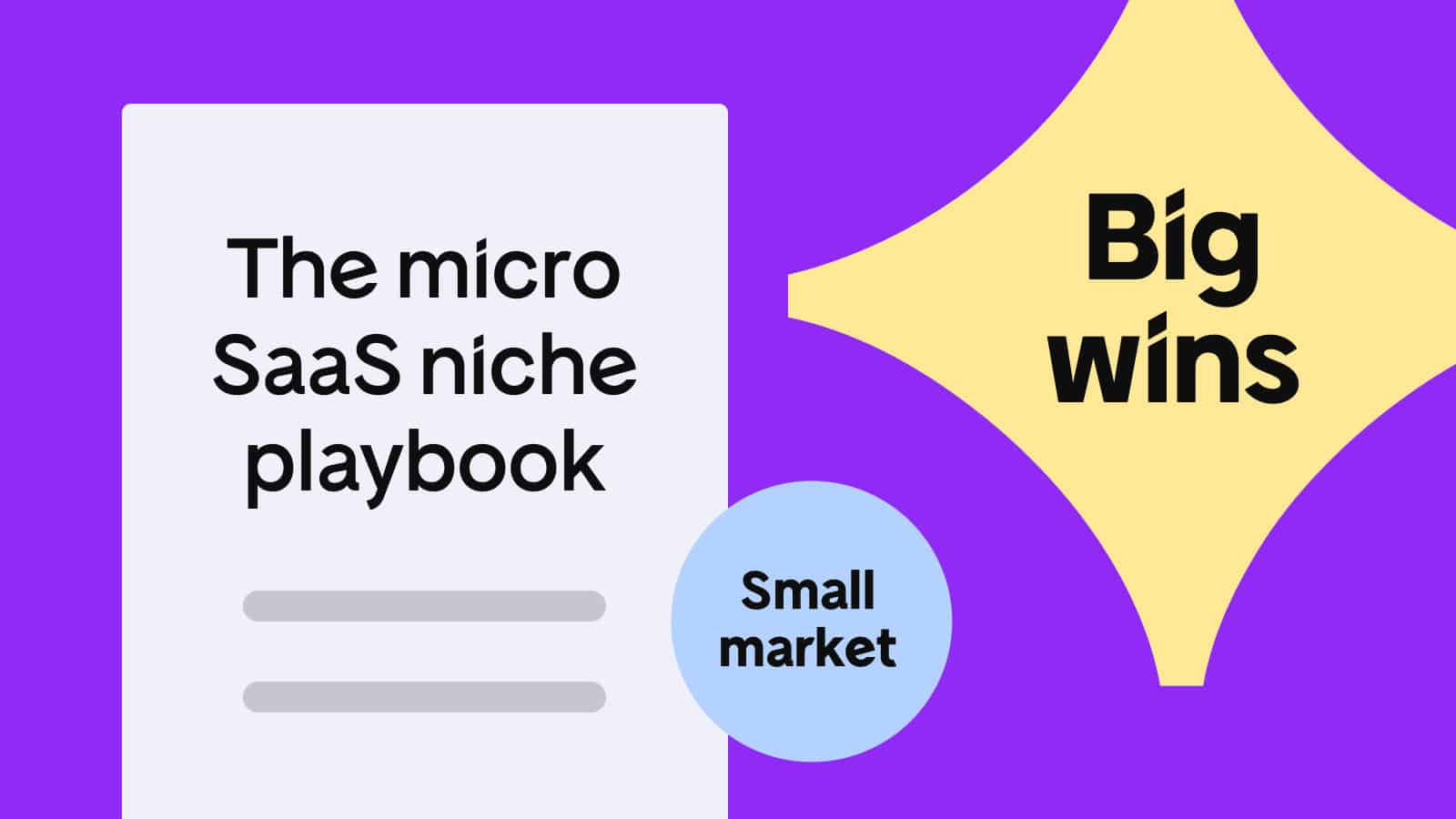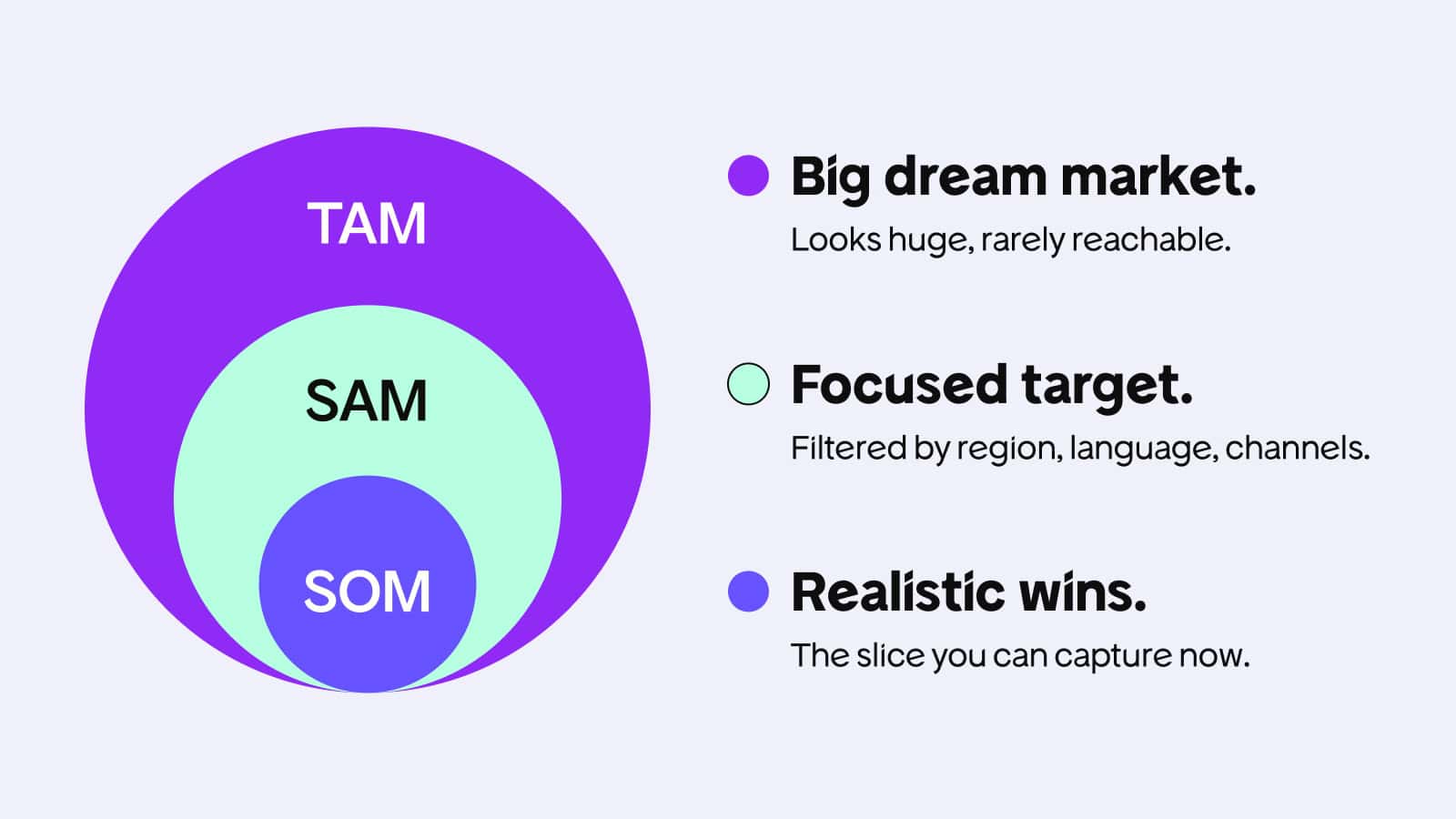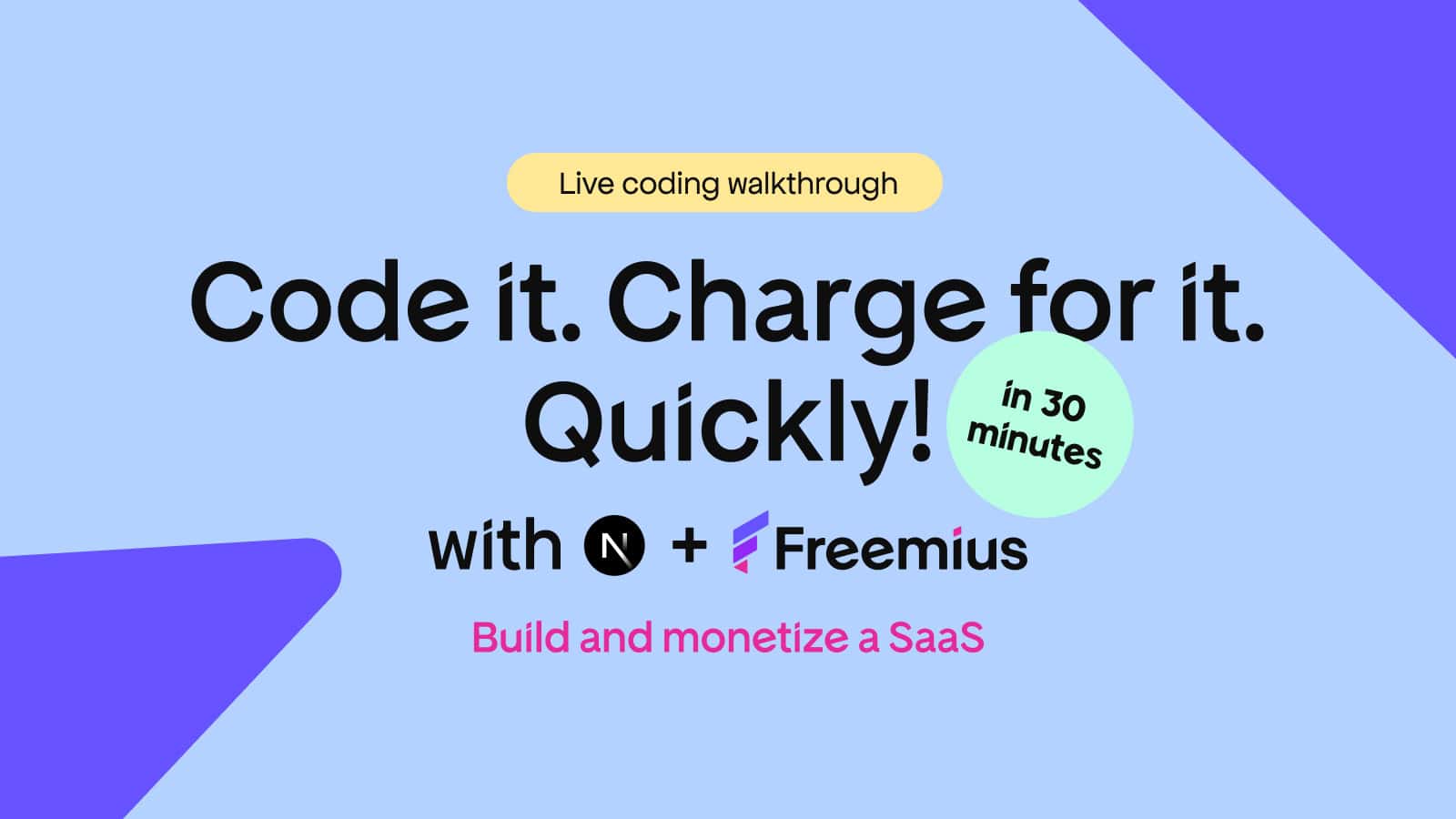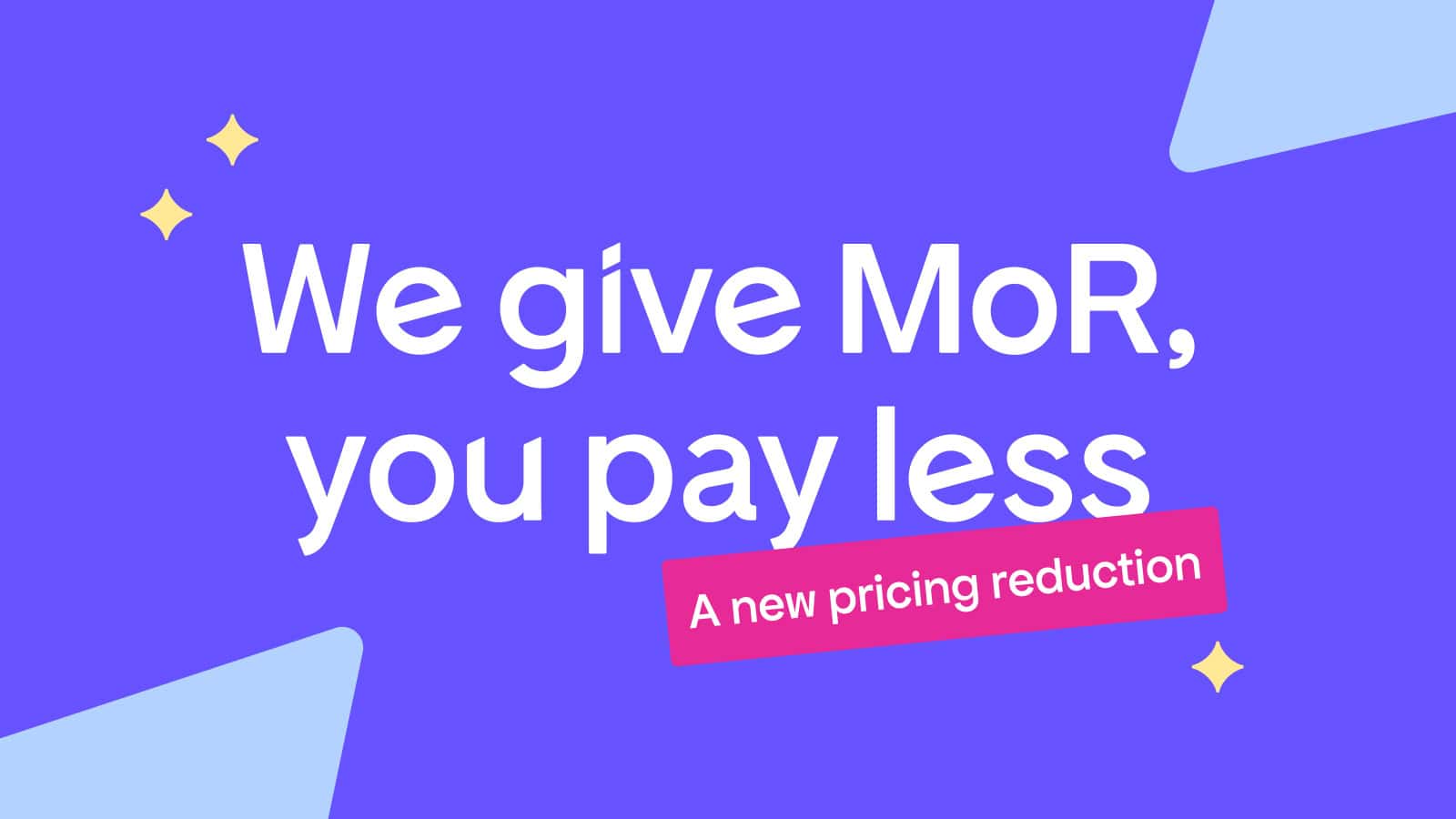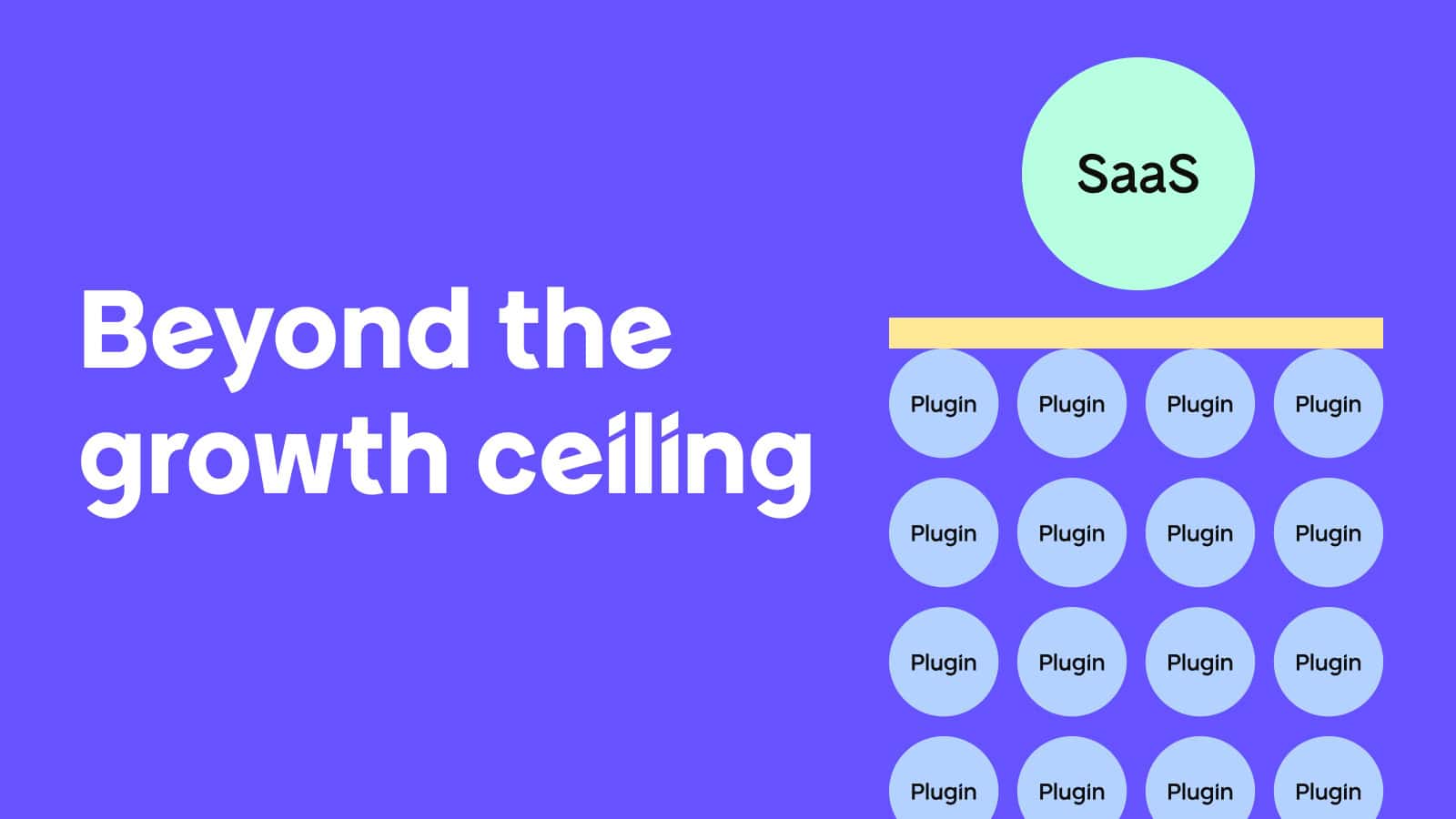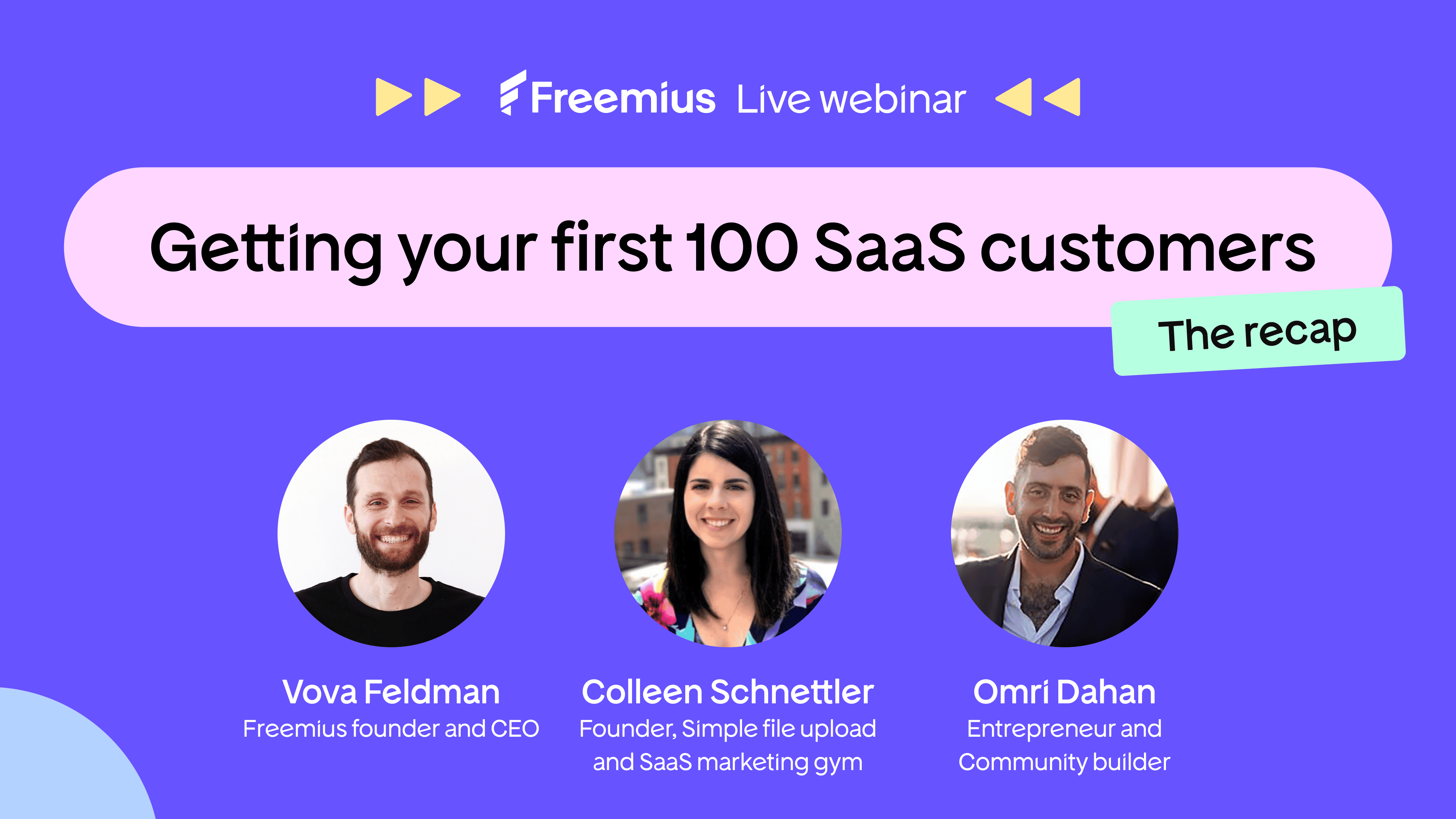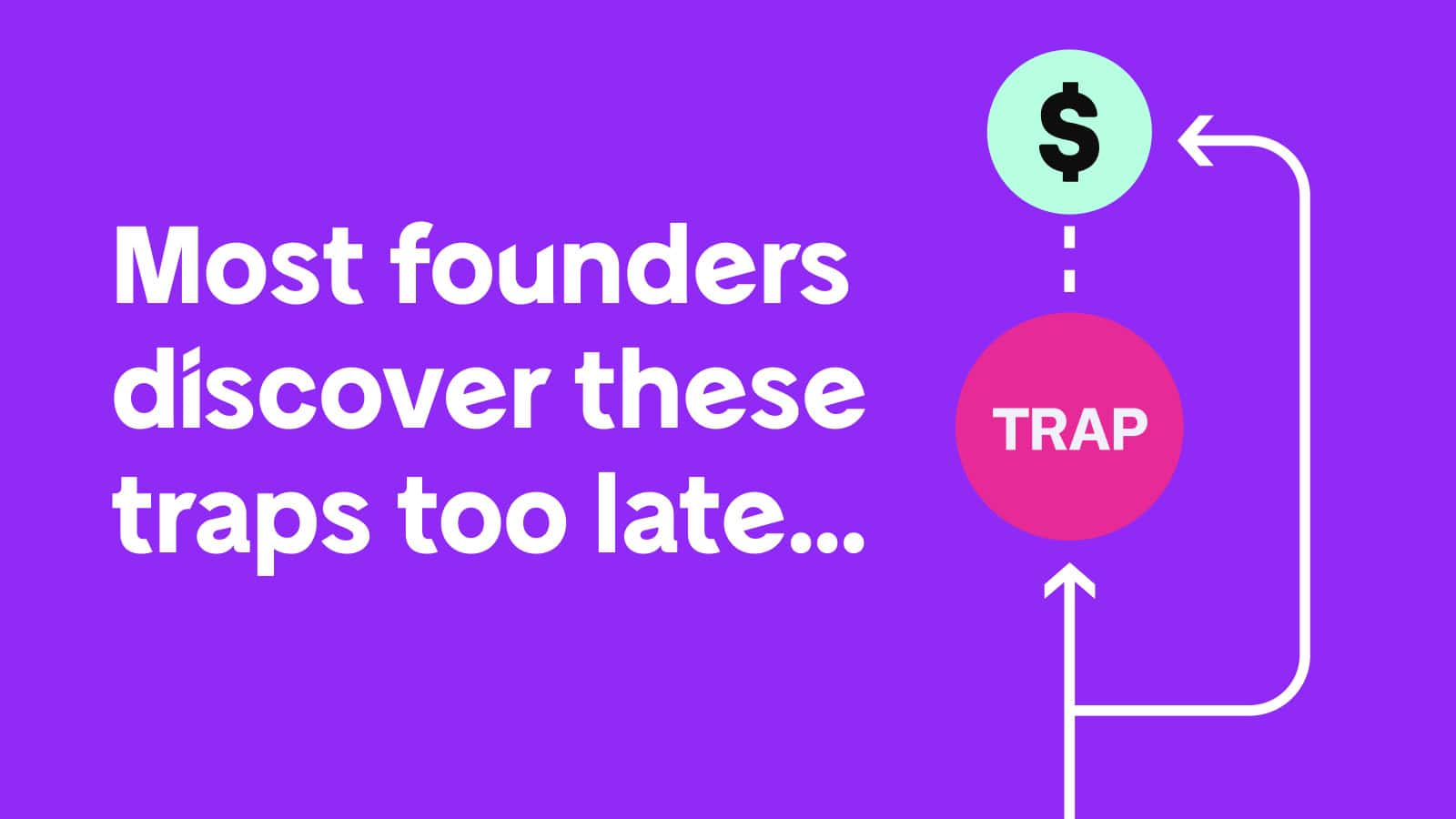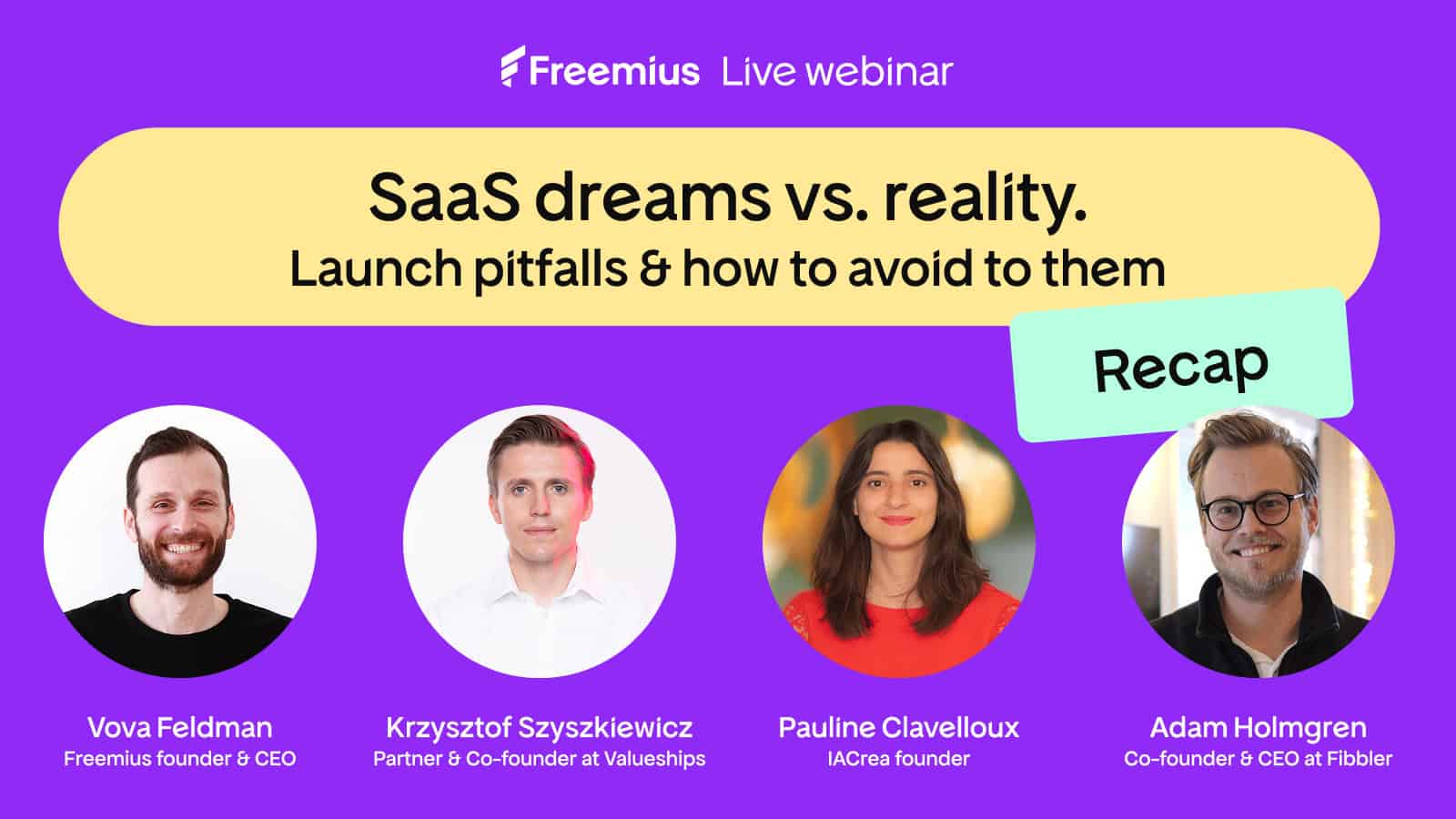|
|
The most successful SaaS products don’t try to serve everyone — they serve one audience, and solve one problem better than anyone else.
Many founders miss this. They chase “all-in-one” tools, stretch themselves thin, and end up with muddled messaging and no traction. Fewer than 25% ever hit $1K MRR in their first year and burnout isn’t far behind.
The better path? Build small purposefully.
A few hundred true fans can fuel a profitable SaaS. Those first fans don’t just validate your idea, they also give you the foundation to scale sustainably.
In this guide, you’ll learn how to:
- Size your market realistically with TAM → SAM → SOM
- Spot promising niches (and avoid dead-ends)
- Validate demand in a week instead of wasting months
- Learn from micro-SaaS founders earning $1K–$20K MRR with <1,000 users
- Launch and monetize quickly without reinventing infrastructure
Let’s get into it.
TAM vs SAM vs SOM: Which Slice Can You Actually Reach?
Your real market is most likely smaller than you think, and that’s a good thing.
Most founders overestimate. They see a massive number and think, “If I just get 1% of that, I’ll be set.” But as a solo founder or small team, the smaller the focus, the better the early traction.
An example: imagine you’re building an invoicing tool for yoga instructors.
Here’s a simple breakdown:
- TAM (Total Addressable Market): Everyone who could theoretically use your product.
- Every yoga instructor worldwide (~300,000).
- SAM (Serviceable Available Market): The portion you can realistically reach by language, geography, or platform.
- ~30,000 English-speaking instructors with websites or booking tools.
- SOM (Serviceable Obtainable Market): The slice you can actually win in the next 12 months.
- 3,000 instructors you can reach through niche directories, newsletters, and SEO. If 10% convert, that’s 300 paying customers → $6K MRR at $20/month.
For indie founders, SOM is the only number that matters. It keeps you focused on customers you can actually win instead of chasing the illusion of scale.
Why Small Markets Win Faster
Once you’ve found your SOM, the goal isn’t to expand it, but to own it.
Going narrow gives you sharper problems to solve, a clearer story to tell, and an audience that’s far easier (and cheaper) to reach. Here’s how and why it works.
1. A sharper pain is easier to explain
When you serve everyone, your message blurs. When you go narrow, the pain (and your value) are obvious.
Example: Brad Jackson founder of After Action Cigars, built a POS system made just for cigar shops. Generic POS tools for retail couldn’t handle their specific needs like humidity tracking, inventory by box count, and tobacco compliance reports.
“Once I focused on cigar-specific problems, everything clicked. Shop owners finally had a system built for them, and that focus helped us grow to 300+ paying shops and $20K MRR — all without ads.” — Brad Jackson
2. Lower CAC
When you know exactly who you’re serving, you know exactly where to find them.
Example: SEOKart, an SEO app for Shopify and BigCommerce. Instead of trying to attract every e-commerce website owner, they optimized their presence where users were already searching: the Shopify and BigCommerce app stores.
“Built-in marketplace visibility kept our CAC near zero and with a three-person team we’ve grown SEOKart to 800+ paying users and about $24K MRR almost entirely through app store discoverability and reviews,” says Ashish Biyani, the founder.
In contrast, Pauline Clavelloux, a serial SaaS maker who joined our recent webinar, shared that her first SaaS failed because she built for crypto traders without any reachable audience.
“Now I always ask: do I have the distribution to sell this?” — Pauline Clavelloux
3. Higher willingness to pay
Price resistance fades when the problem costs real time.
Example: Parcel Tracker started when co-founder Arthur Zargaryan noticed that university mailrooms were logging thousands of packages by hand.
Staff spent hours checking in deliveries, and students formed long lines for missed parcels.
He and his co-founder built a lightweight prototype that let staff scan packages with a phone camera, automatically logging deliveries and sending pickup notifications.
“Managers saw Parcel Tracker as buying back hours of labor every single week. That’s why they never pushed back on price.” — Arthur Zargaryan
Contrast: Teamometer, an HR SaaS, drew hundreds of free trial users but none converted. Tracking mood and performance sounded nice, but it didn’t save time or money and without a clear win, users saw no reason to pay.
Focus helps you grow faster, but it doesn’t protect you from picking the wrong niche.
How to Spot a Dead-End Niche
Even small, focused markets can flop. Here are the warning signs your niche might not hold up.
1. Free tools flood the market
If users can get 80% of your value for free, they’ll rarely pay for the last 20%. When open-source projects or platform add-ons do the job “well enough,” you’ll be stuck convincing people to pay for convenience instead of necessity.
Look at the note-taking space: Apple Notes, Google Keep, Evernote, Twos, and even giants like Notion already cover most needs. To win there, a new tool would have to solve a sharper, specific pain that none of the free ones touch.
If a niche is packed with free tools, it’s usually better to walk away, but if you go for it, make sure you’re solving what no one else does.
2. A giant already owns the space
Even a niche isn’t safe if a heavyweight decides to play in it. Giants like Google or Notion can absorb your idea overnight, leaving little room for small players to grow.
Betterlytics found that room. Instead of competing with Google’s free GA4, they focused on giving teams what GA4 buries behind complex setup and analytics expertise: clear, actionable insights into how real site performance affects user behavior.
If your niche sits near a giant, make sure you’re solving the pain they overlook or hide behind complexities — not rebuilding what they already give away.
3. The hacks are already easy enough
If users can manage their pain with a quick spreadsheet or a simple Zapier flow, they won’t pay to automate it.
Before launching After Action Cigars, Brad tested his idea with a simple spreadsheet that helped cigar shops track sales and compliance. It worked because owners couldn’t fix the problem themselves and it ate hours every week.
If the workaround only takes a few minutes a week, move on. Real demand lives where the pain eats hours.
| Takeaway: A niche can be small and focused yet still fail if there’s no pricing power, urgency, or defensibility. If users are satisfied with free tools, loyal to giants, or barely feel the pain, it’s a dead end. |
How to Find Niches in the Wild
When people complain or rely on clunky workarounds that only half work, you’ve likely found a gap waiting to be filled. A few hunting grounds to start with:
- Niche communities (Reddit, Discord, Slack groups): Scroll threads and you’ll see the same frustrations pop up again and again. If you find posts with dozens of replies all venting about the same pain, you’ve just found a problem begging for a fix.
- Freelance job boards (Upwork, Fiverr): If people are paying contractors to repeatedly solve the same tedious workflow, that’s a SaaS opportunity. A freelancer billing $500 a month for manual reporting? Automate it and you’ve got your first product spec.
- Shadow software (templates, spreadsheets, Notion packs): When you see people selling or sharing complex templates, it’s a clue that the problem is recurring and that people are willing to pay for convenience. Templates are often just SaaS ideas in disguise.
- Trade associations and professional newsletters: Hyper-specific industries (think dog groomers, property managers, or cigar shop owners) often have tight communities where pain points get shared openly. These niches are gold because they’re reachable and tightly networked.
- Emerging trend signals (Google Trends, Indie Hackers, Product Hunt): If search volume for a problem is climbing, or you notice multiple founders quietly testing similar ideas, it’s worth digging in.
Once you find a recurring pain point, don’t just lurk — get involved.
“Start building an audience around a niche, create content, help people for free, get them to trust you. When you’ve been talking to people for months, the product becomes obvious.” — Adam Holmgren, Fibbler
Embed yourself in that community; by serving them first, the right product will reveal itself.
If you’re looking for inspiration, we compiled 5 AI-powered micro-SaaS ideas you can ship fast.
Next step: move from idea to proof.
The Quick & Dirty Guide to Checking if Your Niche Will Pay
You can validate (or kill) your SaaS idea in just 7 days.
| Step | What to do | Success signal (go) | Rough time estimate |
| Problem discovery | DM/email 20 prospects; run 5–10 short calls; ask for stories, not features. | Most people mention the same top pains in their own words | 3 days |
| Market sizing | Rough TAM→SAM→SOM; map channels | At least 200 reachable in 12 months; clear path to contact 50+ now | few hours to a day |
| Competitive scan | List top 5 competitors; compare pricing, features, reviews | 1–2 positioning gaps you can own; no free clone doing the same thing | few hours |
| Willingness-to-pay test | Landing page with pricing & CTAs | At least 1 in 10 clicks a price tier, or a few preorders, or 25%+ say yes to price in replies | 2 days |
| Define MVP scope | Define smallest feature set | Can ship in ≤2 weeks; solves one job end-to-end | few hours to a day |
| Decision point | Review results | Multiple green signals → build; one → tweak & rerun; none → kill |
few hours |
Plenty of first-time founders hit these checkpoints. To avoid the common traps, check out this pre-launch webinar recap and the SaaS launch playbook when you’re ready to roll out.
No validation process is perfect, but this one forces clarity. You’ll either confirm there’s a slice of the market worth winning or you’ll walk away early, clear-eyed, and free to chase the next idea.
Letting You Test Without Re-inventing Wheels
Many SaaS founders waste weeks on billing, licensing, and payments before they know if anyone will pay. Solutions like Freemius can solve that in an afternoon.
- Put up pricing and take payments in an afternoon
- Control licenses and user access without coding
- See usage and conversion metrics from day one
- Let affiliates spread the word in the niche communities you can’t reach alone
With those pieces handled, your focus shifts to growth — turning early signals into repeatable revenue. A beginner’s SaaS sales strategy can help you get there.
And because Freemius acts as your merchant of record (the legal seller on your behalf), you can start charging customers right away, even before setting up a company. You won’t need to handle entity setup or compliance until you’re ready to withdraw revenue, giving you space to validate product-market fit before tackling the admin.
Ready to Test Your Niche?
The only thing that matters now is proof.
Here’s a quick way to get it:
- Talk to five people in your target market this week
- Write a simple landing page with pricing and share it where they hang out
- Add a checkout and see if anyone bites
Need a fast way to charge without building billing logic from scratch? Freemius gives you a working checkout on day one, so you can validate with real payments before worrying about infrastructure.
Even a handful of paying users will teach you more than months of planning ever could. From there, it’s all about traction: getting your first 100 customers, prioritizing features that matter, and driving adoption so those early fans stick.
Don’t wait for perfection — your first paying users are the only validation that counts, and they’ll give you the momentum to keep building.
